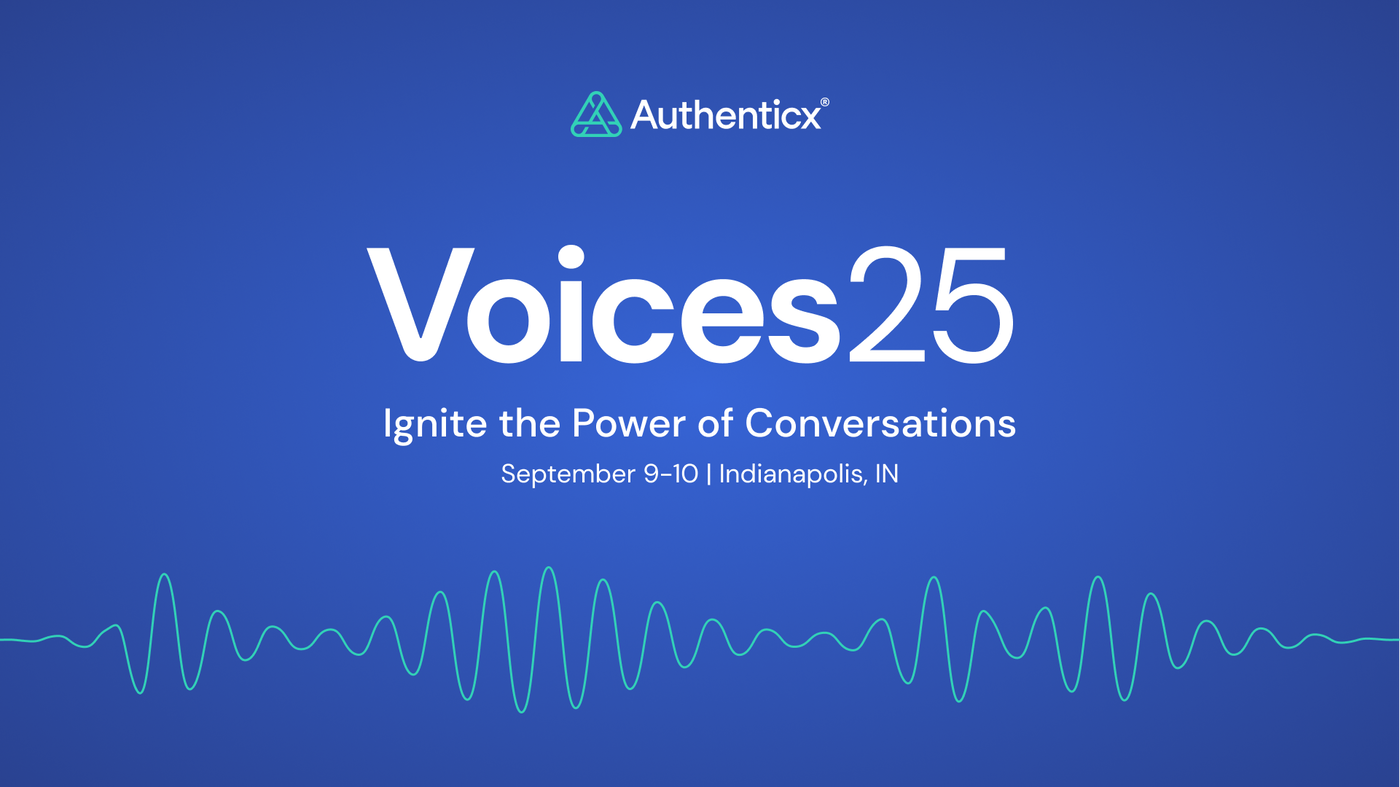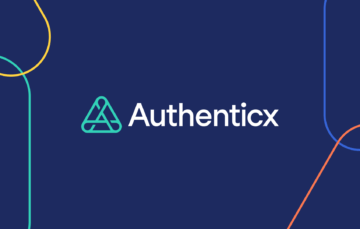
Whether you are on the customer or business side of a customer experience, there are some customer experience trends at play.
For customers, the basic human need is often to be understood. There are some psychologists who would say that feeling understood is prioritized by humans over feeling loved.
Have you ever found yourself trying to describe your problem or perspective to a friend and they made you feel completely understood? You may have responded with an “Exactly!” and felt reassured after the conversation. To feel understood means that our reality is acknowledged and validated.
On the flip side, we likely have all been in situations where it didn’t matter how many times we attempted to explain our side of the story, the other person simply didn’t “get” us and, worse, didn’t appear to even be trying to understand our perspective. Experiences like this can leave us maddened, hopeless, and dejected.
In the age of competing on customer experience, organizations are devoting more energy and dollars to understanding customers. But, in order for this endeavor to be efficient and scalable, they are deploying technologies that analyze, interpret, and score customer experience into digestible bits of quantified categories. They look for keywords, trends, or tonal indicators that may detect negative sentiment. They are also likely soliciting customer feedback through online brand reputation platforms (online reviews) or surveys such as NPS.
But, if these tools truly produce a deeper and better understanding of our customers, organizations should be able to identify customer experience trends and take strategic, targeted action based upon the data produced. Additionally, these technologies should yield a change in customer feedback and sentiment because leaders will have made responsive changes to better serve them. Our research and conversations with organization leaders have shown that’s just not the case.
Now, let’s look at the other side of the customer experience equation—the business side. That brings us to the second basic human need: the need to feel like your work and time is meaningful. Everyone wants to feel that they are making a valuable contribution and that their time and energy is solving a problem and helping people.
What inspires and fuels this human need most effectively? Connection. In order for leaders and employees to understand and execute on an organization’s mission, they must engage beyond the pie graphs, trend lines, and keywords and connect with the humans whose lives their work impacts.
Quite simply, if your customer experience tools and technology do not elicit emotion—a sense of both pain and happiness—then organizations are missing out on an opportunity to deeply understand their customer and inspire themselves into action.
At Authenticx, our work contributes to the human need for customers to be understood and the need for employees and leaders to feel like their work is meaningful by creating connection with their customers. We invite you to learn more by reaching out to us!
About Authenticx
Authenticx was founded to analyze and activate customer interaction data at scale. Why? We wanted to reveal transformational opportunities in healthcare. We are on a mission to help humans understand humans. With a combined 100+ years of leadership experience in pharma, payer, and healthcare organizations, we know first-hand the challenges and opportunities that our clients face because we’ve been in your shoes.
Want to learn more? Contact us!


